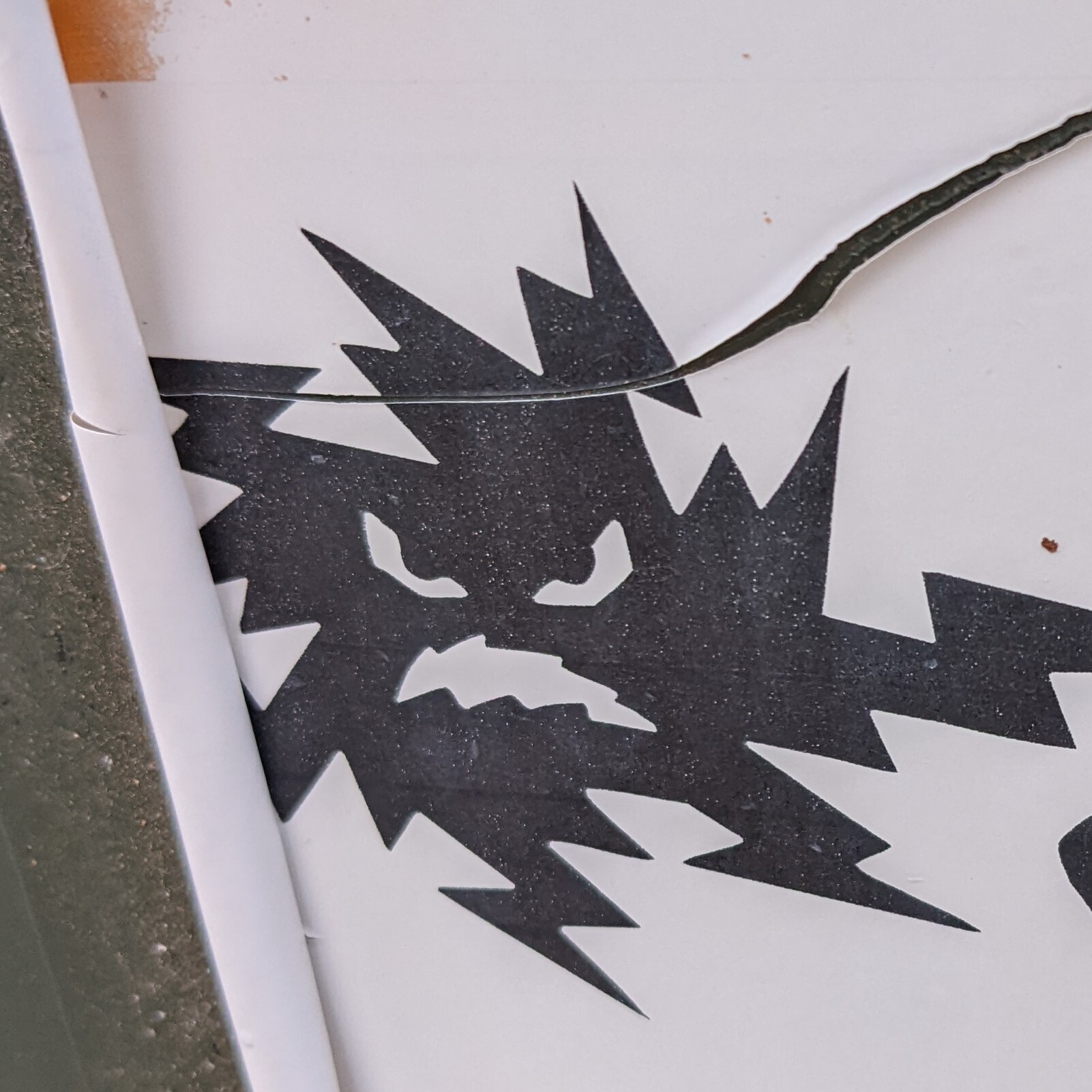

oh no 😦
This kills the hedgehog.
The cat is moving in a circle, so it has a centripetal acceleration and a centripetal force. At the apex of the loop, that force is the sum of gravity, and resistance from the track. The track force is greater than or equal to zero, so acceleration due to gravity is less than or equal to the total centripetal acceleration.
g ≤ v²/r
So,
r ≤ v²/gTaking top speed of a cat as 8.278m/s (from Wolfram Alpha), and g on earth as 9.81m/s², this gives us r ≤ 6.99m. So long as the cat can maintain its top speed all around the loop, it can successfully do a loop of up to 14 meters diameter. This is a lot bigger than I expected, to the extent that I suspect some flaw in my reasoning.
The cat won’t be able to maintain its top speed because of deceleration from lack of friction
Good point. It has zero contact force at the apex, so 14m is an upper bound on possible cat-loops.
I mean a hedgehog could do it walking slowly, I don’t see why I cat couldn’t do it running. Context






